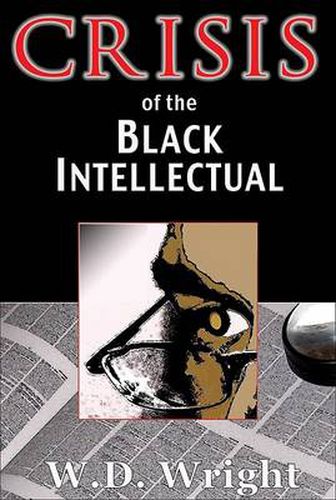Readings Newsletter
Become a Readings Member to make your shopping experience even easier.
Sign in or sign up for free!
You’re not far away from qualifying for FREE standard shipping within Australia
You’ve qualified for FREE standard shipping within Australia
The cart is loading…






A re-examination of Harold Cruse’s classic Crisis of the Negro Intellectual , published in 1967 at the height of the civil-rights movement and now required reading in African American studies courses, this polemic pays tribute to the earlier book’s importance and takes to task the current generation of black scholars for failing to meet Cruse’s rigorous standards for public commentary. Detailing the evolution of black-intellectual discourse since the 1960s, this assessment points to a lack of ongoing discussion about the role of intellectuals - black or white - in our society and insists that the experience of black Americans is so complex it deserves the closest and most honest scrutiny possible from black writers and academics. Instead, the book is sad to report, today’s scholars are often caught up in media battles such as those described in the chapters ‘Three of a Kind: Black Conservatives, Black Liberals, and Black Radicals’ and ‘Why Black Female Intellectuals Tend to Shout’.
$9.00 standard shipping within Australia
FREE standard shipping within Australia for orders over $100.00
Express & International shipping calculated at checkout
A re-examination of Harold Cruse’s classic Crisis of the Negro Intellectual , published in 1967 at the height of the civil-rights movement and now required reading in African American studies courses, this polemic pays tribute to the earlier book’s importance and takes to task the current generation of black scholars for failing to meet Cruse’s rigorous standards for public commentary. Detailing the evolution of black-intellectual discourse since the 1960s, this assessment points to a lack of ongoing discussion about the role of intellectuals - black or white - in our society and insists that the experience of black Americans is so complex it deserves the closest and most honest scrutiny possible from black writers and academics. Instead, the book is sad to report, today’s scholars are often caught up in media battles such as those described in the chapters ‘Three of a Kind: Black Conservatives, Black Liberals, and Black Radicals’ and ‘Why Black Female Intellectuals Tend to Shout’.